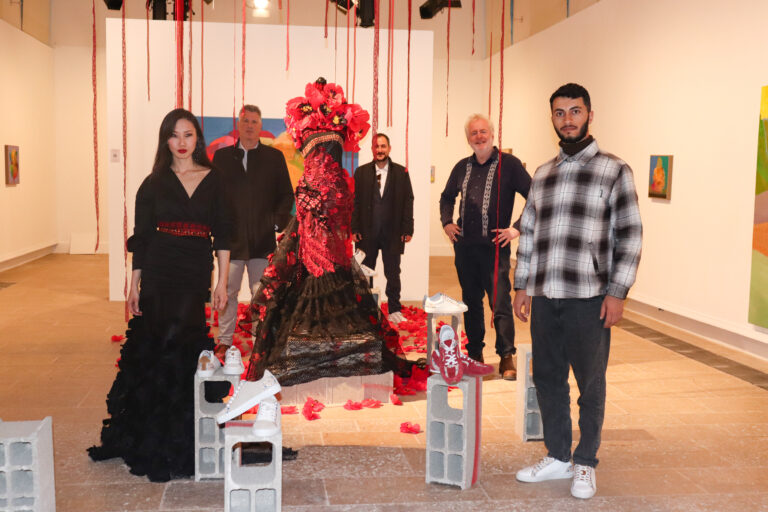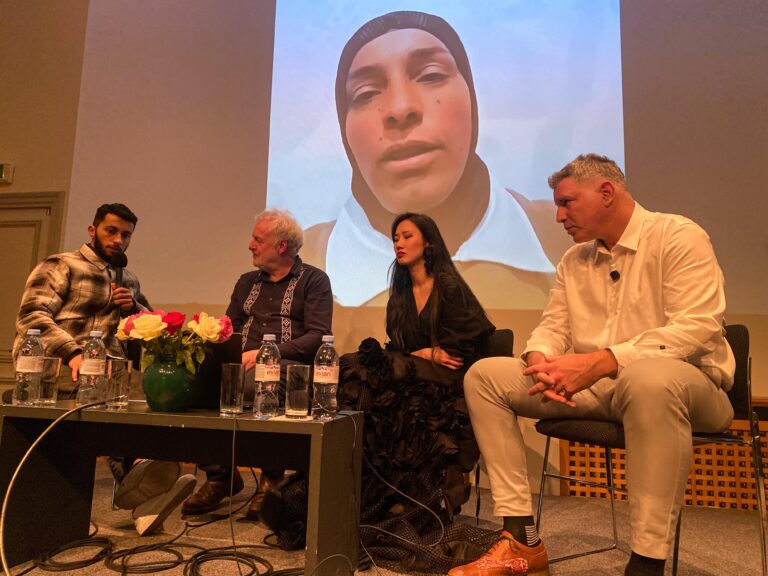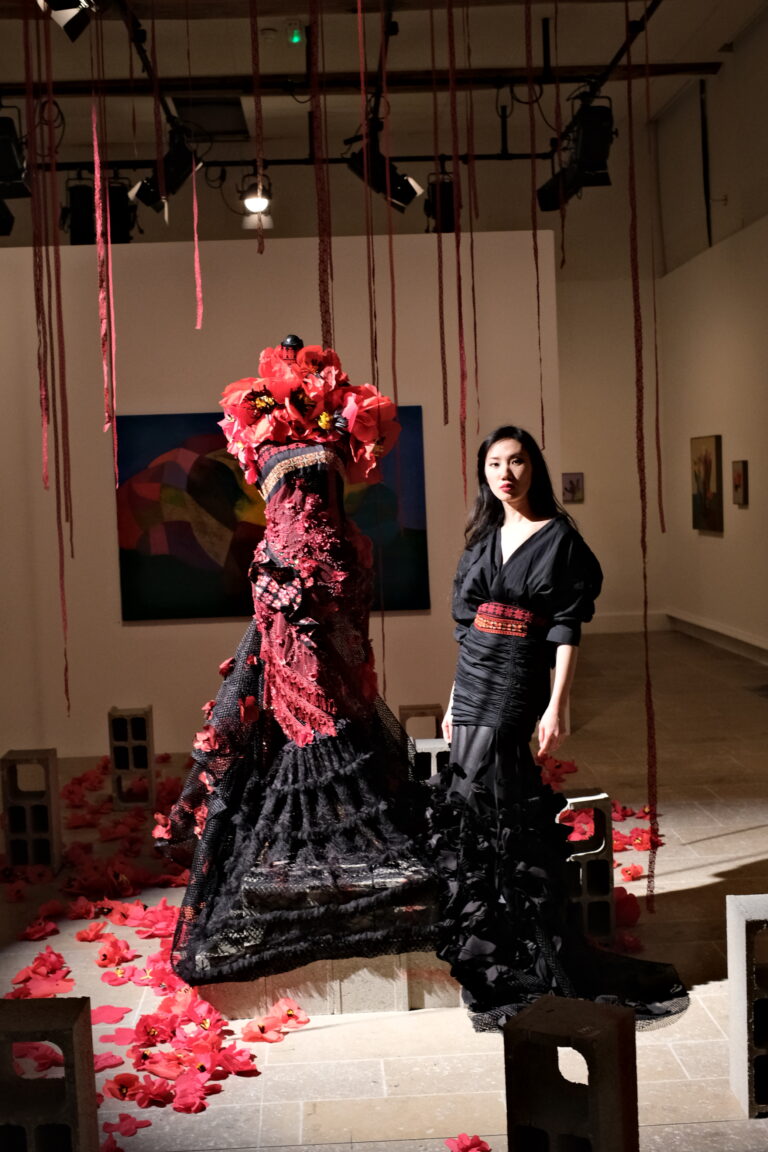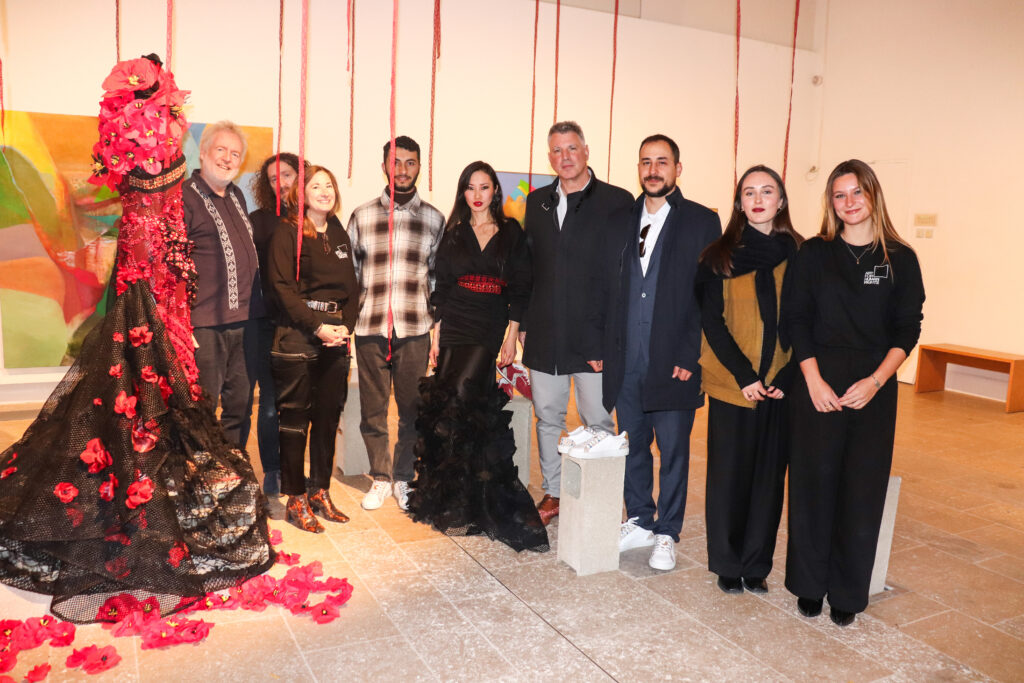
Art for Human Rights hosted and supported the Paris Fashion Week Launch of Resolute RGL, an ethical fashion sneaker brand centred in the South Hebron Hills of the West Bank and co-founded by Palestinian, Israeli and International activists.
More than just a sneaker brand, Resolute RGL merges cultural heritage with cutting-edge fashion. It embodies resilience, heritage, and ethical business practices, supporting economic empowerment while amplifying the voice of a community facing daily struggles with dignity and strength. Through Tatreez[1] embroidery beautifully handcrafted by the women’s weaving cooperative in the Palestinian Massafer Yatta, Resolute RGL tells a story of resilience in every sneaker made.
The event took place at the Centre Culturel Irlandais and was part of a global launch coinciding with the Academy Awards in Los Angeles, where Resolute RGL co-founder and film director Basel Adra’s documentary ‘No Other Land’ won an Oscar.

The evening closed with a panel on art, activism, and cultural preservation, moderated by Bill Shipsey, founder of Art for Human Rights, with a member of the Women’s Weaving Cooperative in Masafer Yatta, who joined via video link from the West Bank, alongside Resolute RGL co-founders Basel Adra and Joseph Levin, who were there in person.

To support the event, multi-award-winning designer Louise Xin created an upcycled couture piece using leftover tatreez and also designed an art installation for the pop-up launch.

Irish composer and songwriter Colm Mac Con Iomaire performed on violin throughout the afternoon.




[1] Tatreez, meaning ‘embroidery’ in Arabic, refers to the traditional style of embroidery practiced in Palestine and Palestinian diaspora communities. The contemporary form of tatreez dates back to the 19th century, but the style of cross-stitch embroidery called fallahi has been practiced amongst Arab communities in the Mediterranean for centuries. The embroidery is particularly associated with embellishments on traditional dress (the thobe) with the motifs and colours representing regional identity and social relationships. Tatreez is commonly used on garments and includes a variety of symbols including birds, trees and flowers. The craft was originally practiced in rural areas of Palestine but is now common across the Palestinian diaspora. In 2021, the art of tatreez embroidery in Palestine was recognized by UNESCO as an important intangible cultural heritage.